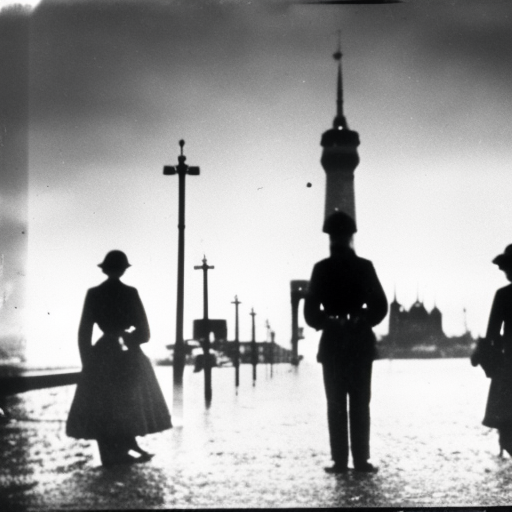Allied Advance from Paris to the Rhine: A Summary
The Allied advance from Paris to the Rhine was a crucial military campaign during World War II that marked a turning point in the conflict. Following the successful D-Day landings in Normandy in June 1944, the Allies launched a series of offensives to liberate France and push back the German forces. The campaign aimed to capture key strategic objectives, secure supply lines, and ultimately cross the Rhine River to advance into Germany.
The Liberation of Paris
The campaign began with the liberation of Paris on August 25, 1944. After weeks of intense fighting, the French Resistance and the Free French Forces, supported by the U.S. 4th Infantry Division and the French 2nd Armored Division, successfully drove out the German garrison. This marked a significant symbolic victory for the Allies and boosted the morale of the French people.
The Battle of the Falaise Pocket
With Paris liberated, the Allies turned their attention to the German forces trapped in the Falaise Pocket. The Battle of the Falaise Pocket, fought from August 12 to August 21, 1944, resulted in a decisive Allied victory. The encirclement and destruction of the German Seventh Army and Fifth Panzer Army severely weakened German defenses in France.
The Advance to the Rhine
After the Battle of the Falaise Pocket, the Allies launched a series of offensives to push the German forces back towards the Rhine River. The U.S. First Army, under the command of General Courtney Hodges, advanced towards the city of Aachen, which was the first major German city to fall to the Allies on October 21, 1944.
Meanwhile, the U.S. Third Army, led by General George S. Patton, made rapid progress through eastern France and reached the German border in early November. The capture of the city of Metz on November 22, 1944, further weakened German defenses and opened the way for the Allies to advance towards the Rhine.
The Battle of the Bulge
However, the German forces launched a surprise counteroffensive in December 1944, known as the Battle of the Bulge. The German offensive caught the Allies off guard, resulting in heavy casualties and a temporary halt to the Allied advance. The Battle of the Bulge lasted until January 1945, when the Allies successfully repelled the German forces and resumed their advance towards the Rhine.
Crossing the Rhine
In March 1945, the Allies launched Operation Plunder, a massive airborne and amphibious assault aimed at crossing the Rhine River. The operation involved the British Second Army, the U.S. Ninth Army, and the U.S. First Army. On March 24, 1945, the Allies successfully crossed the Rhine near the city of Wesel, securing a vital bridgehead on the eastern bank.
The successful crossing of the Rhine allowed the Allies to establish a firm foothold in Germany and launch a final assault on the heart of the Nazi regime. The capture of the city of Cologne on March 7, 1945, and the subsequent rapid advance towards the Elbe River effectively split Germany in two.
Conclusion
The Allied advance from Paris to the Rhine was a critical campaign that played a significant role in the ultimate defeat of Nazi Germany. The liberation of Paris, the Battle of the Falaise Pocket, and the crossing of the Rhine were key milestones in the Allies’ push towards victory. The campaign demonstrated the effectiveness of combined arms operations and showcased the determination and skill of the Allied forces.












